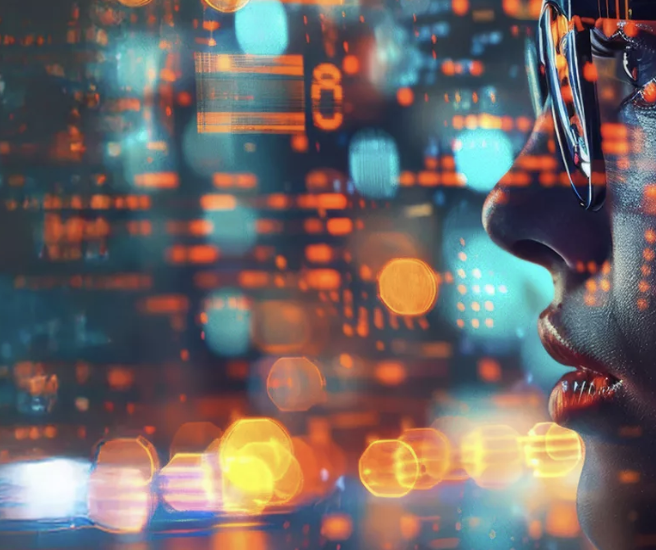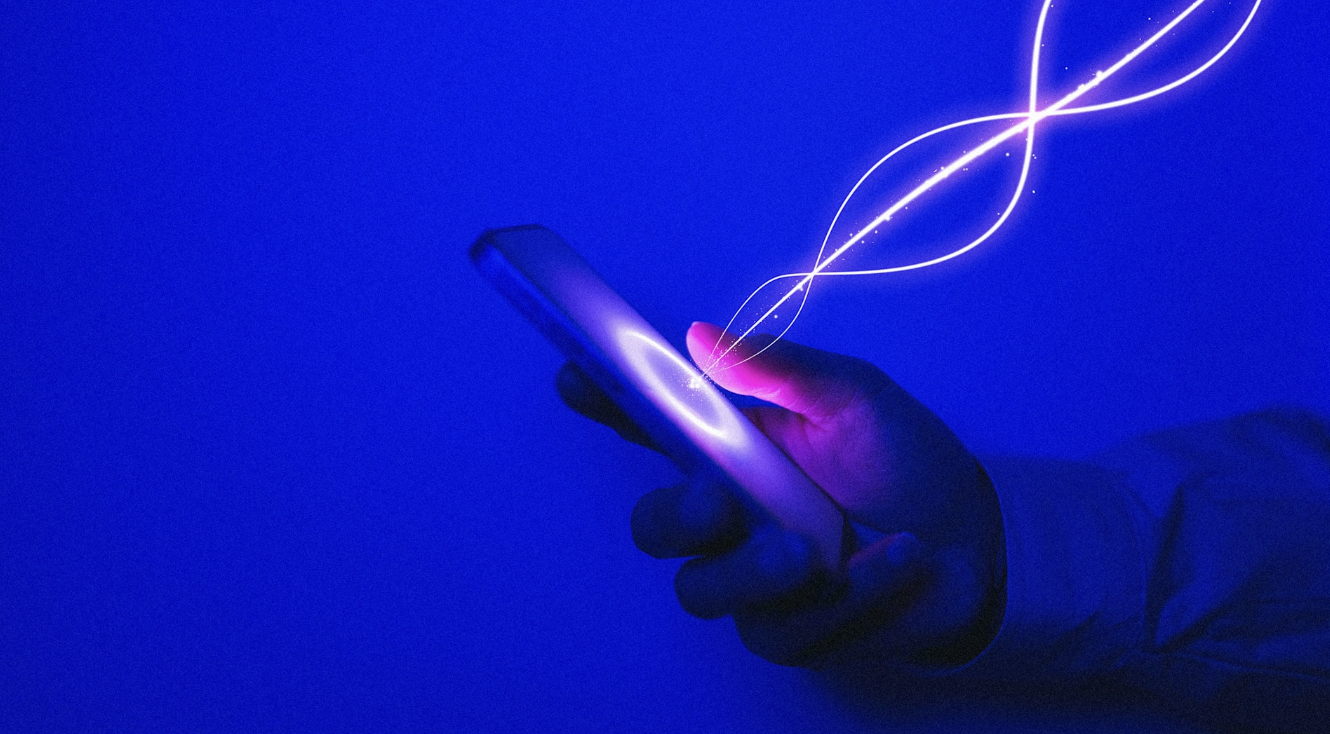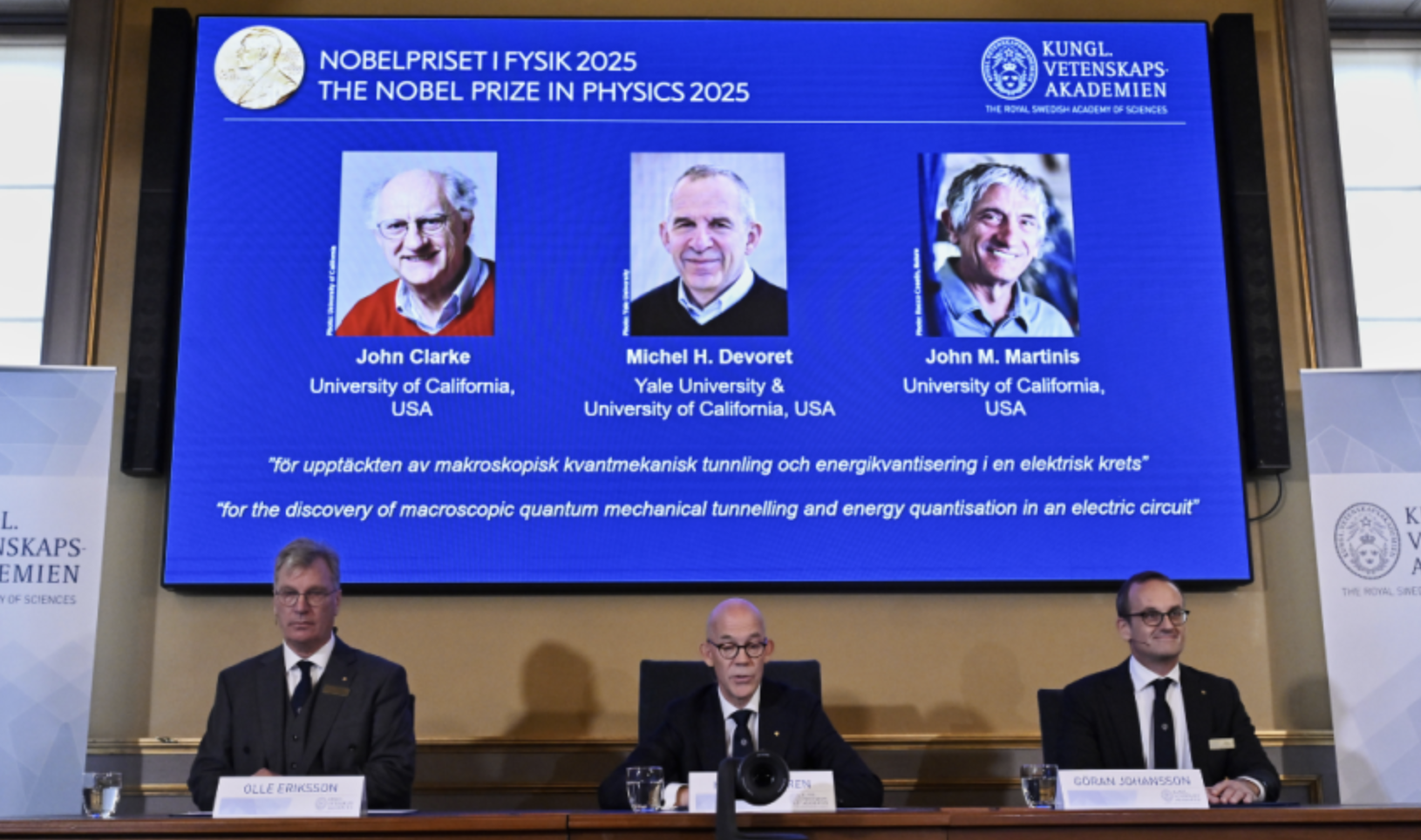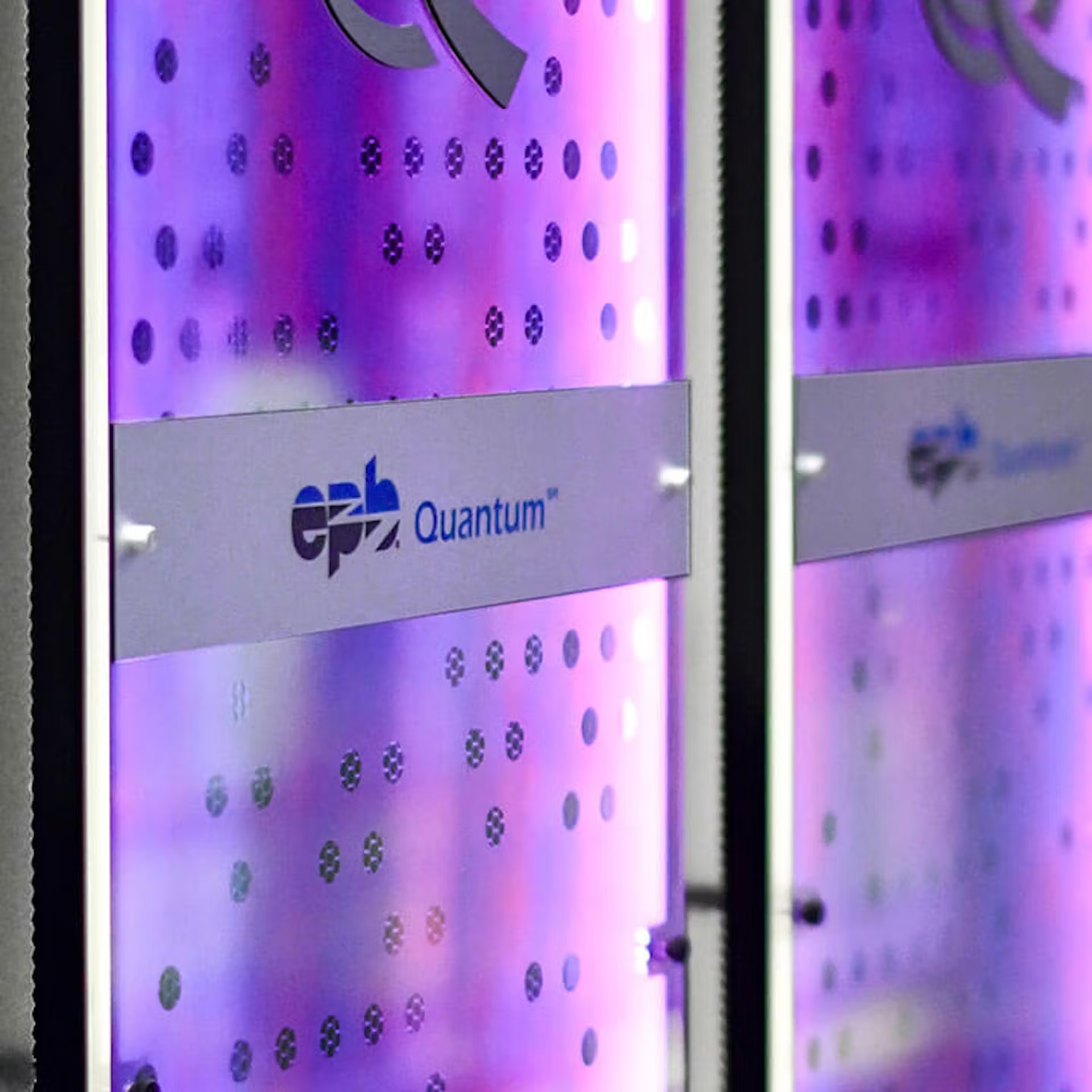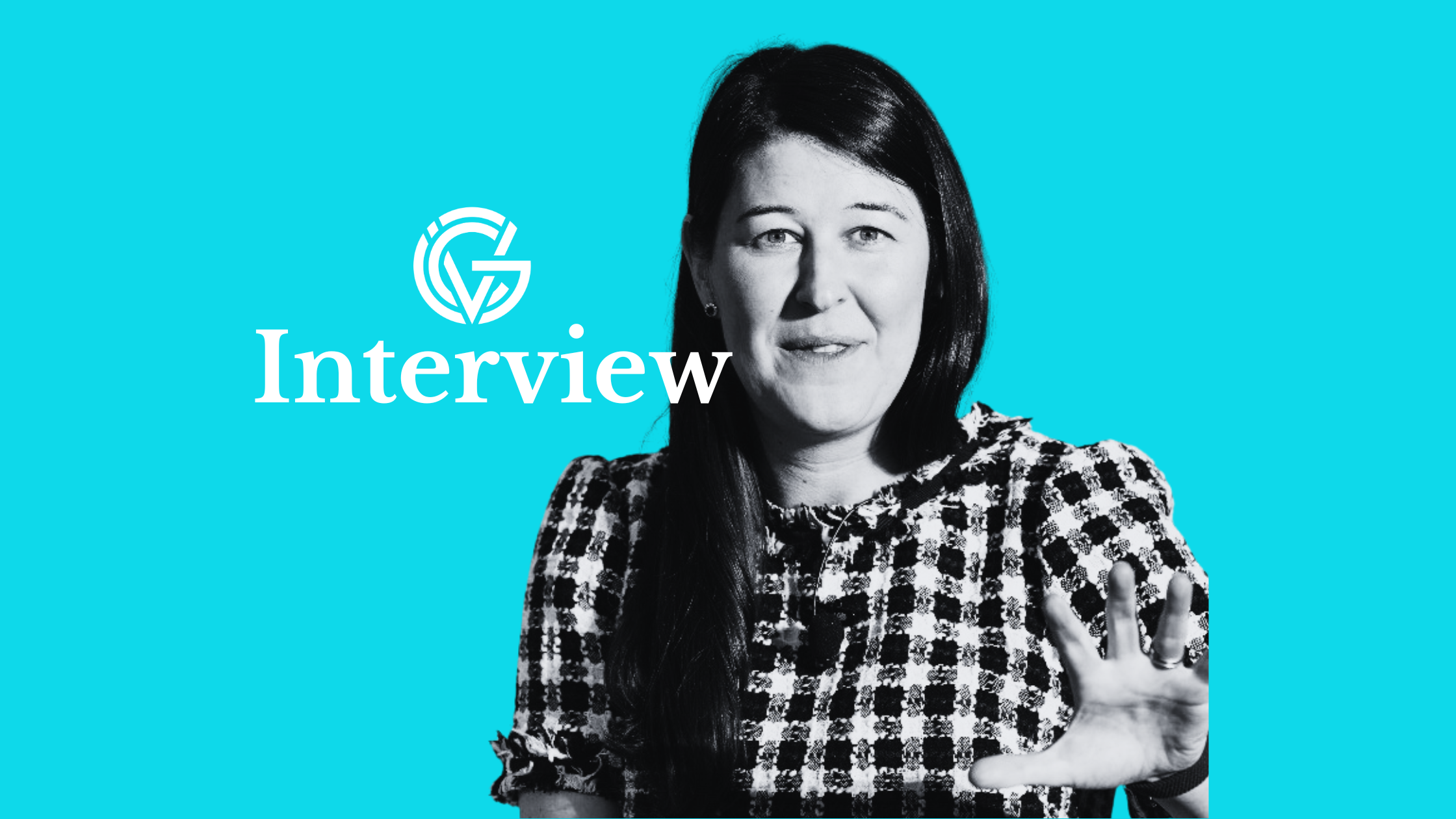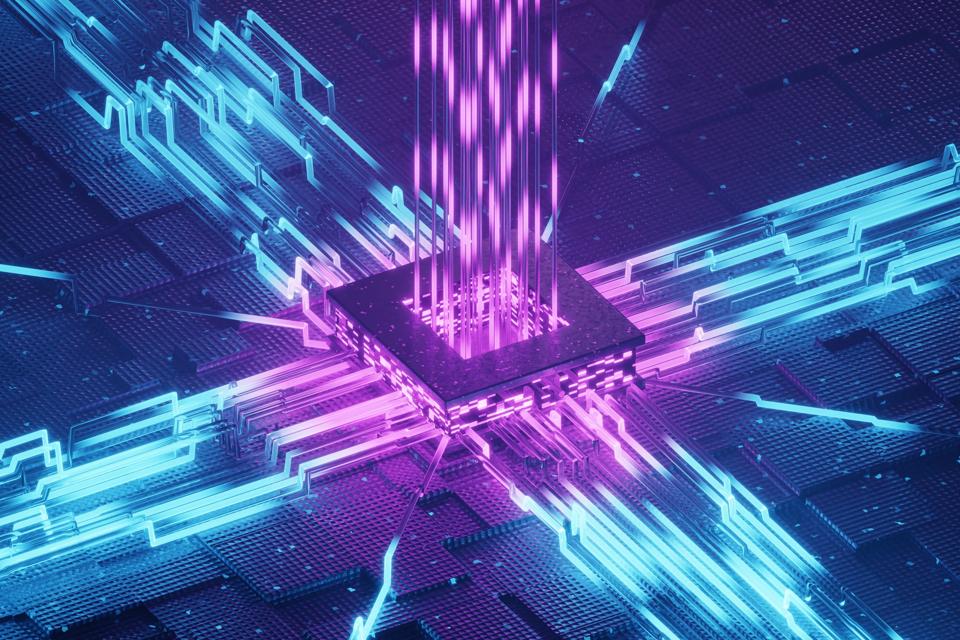
Microsoft has bet on an approach that few others are taking: combining semiconductors with superconductors. The basic principle — along with the name topological qubit — was first proposed in 1997 by Alexei Kitaev, a Russian American physicist.
The company began working on this unusual project in the early 2000s, when many researchers did not think such technology was possible. It is Microsoft’s longest-running research project.
“This is something that all three C.E.O.s of this company have bet on,” Satya Nadella, Microsoft’s chief executive, said in an interview. (The company’s previous C.E.O.s were Bill Gates, a founder, and Steve Ballmer, who ran Microsoft in the early 2000s.)
The company has now created a single device that is part indium arsenide (a type of semiconductor) and part aluminum (a superconductor at low temperatures). When it is cooled to about 400 degrees below zero, it exhibits a kind of otherworldly behavior that might make quantum computers possible.
Philip Kim, a physics professor at Harvard, said Microsoft’s new creation was significant because topological qubits could accelerate the development of quantum computers. “If everything works out, Microsoft’s research could be revolutionary,” he said.
But Jason Alicea, a professor of theoretical physics at the California Institute of Technology, questioned whether the company had actually built a topological qubit, saying the behavior of quantum systems is often hard to prove.
“A topological qubit is possible in principle, and people agree it is a worthwhile goal,” Dr. Alicea said. “You have to verify, though, that a device behaves in all the magical ways that theory predicts it should; otherwise, the reality may turn out to be less rosy for quantum computing. Fortunately, Microsoft is now set up to try.”
Microsoft said that it had built only eight topological qubits, and that they were not yet able to perform calculations that would change the nature of computing. But the company’s researchers see this as a step toward building something far more powerful.
For now, the technology still makes too many errors to be truly useful, though scientists are developing ways to reduce mistakes.
Last year, Google showed that as it increased the number of qubits, it could exponentially reduce the number of errors through complex mathematical techniques.
Error correction will be less complex and more efficient if Microsoft can perfect its topological qubits, many scientists said.
While a qubit can hold multiple values at the same time, it is burdened by an inherent problem. When researchers try to read the information stored in a qubit, it “decoheres” and collapses into a classical bit that holds only one value: a 1 or a 0.
This means that if someone tries reading a qubit, it loses its basic power. So scientists need to overcome an essential problem: How do you build a computer if it breaks whenever you use it?
Google’s error correction methods are a way of dealing with this issue. Microsoft believes it can solve the problem faster because topological qubits behave differently and are theoretically less likely to collapse when someone reads the information they store.
“It makes for a really good qubit,” Dr. Nayak said.







